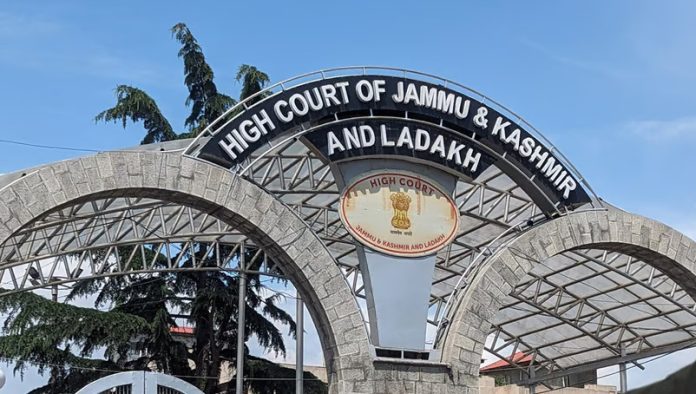M. Madhavan Nair, J.@mdashOne Abubacker had a kuzhikanom right in the suit property. He leased the property to Cheriya Abdulkader who put up a shop thereon and was holding a trade in that shop. Subsequently the latter assigned his right to the 1st defendant. Abubacker''s right in the property was sold in court-auction and purchased by Thambayi and others; and on April 30, 1935, the 1st defendant executed a marupat, which is Ext. A 1 here, in their favour agreeing to pay rent at Rs. 1.50 per annum for the site of the land. The plaintiffs, as assignees of Thambayi and others, sue to resume the land, offering compensation for the building that belongs to the 1st defendant. The Munsiff held the lease not to come within any beneficial provision of the Malabar Tenancy Act and therefore decreed the suit. But the District Judge has held the lease to come within the scope of Section 78 of the Kerala Act IV of 1961 entitling the tenants to immunity from eviction. The plaintiffs have therefore come up in second appeal. It is conceded at the bar that Section 78 of Act IV of 1961 has been replaced by Section 106 of the Kerala Act I of 1964 and that therefore the relation between the parties has now to be adjudged in accordance with the latter Section, which reads thus:
106. Special provisions relating to leases for commercial or industrial purposes:-(1) Notwithstanding anything contained in this act, or in any other law, or in any contract, or order or decree of court, where, on any land leased for commercial or industrial purpose the lessee has constructed buildings for such commercial or industrial purpose before the 18th December, 1957, he shall not be liable to be evicted from such land but shall be liable to pay rent under the contract of tenancy. Such rent shall be liable to be varied every twelve years on the motion of the lessor or the lessee, in such manner as may be prescribed.
(2)....................
Counsel for appellants contended that the 1st defendant is not entitled to immunity under the above provision. The original lease that was in favour of the 1st defendant''s assignor is not in proof. Ext. A 1 evidences a lease of the site of the land wherein there was a building. The object of Section 106, as the wording clearly indicates, is not to put a person who has established his business in a building put up by him on land taken on lease from a landlord at the latter''s mercy for the continuance of his source of income. The wording is "where....the lessee that constructed buildings for such commercial or industrial purpose....he shall not be liable to be evicted from such land......". It is difficult to find that the benefit of the Section would enure to a person who has taken an assignment of that lessee''s rights. The pronoun ''he'' in the Section can relate only to the lessee who has constructed the building, and not to commercial adventurers who came in as his assignees. The Section does not in terms inhibit the landlord''s resumption of the property, but protects him who put up the building for his business. It is pertinent to note that the provisions of the Act conferring fixity of tenure to cultivating tenants and entitling them to purchase the landlord''s rights are not extended to tenants within the purview of Section 106. The immunity u/s 106 is confined to the person who actually put up the building and does not enure to his assignee, as there is no indication in the Act that it should enure to the assignee as well. Being an expropriatory provision it has to be confined within the limits of its expression, leaving matters outside its expression to the general law of landlord and tenant. It must then follow that the 1st defendant is not entitled to protection u/s 106 and the decree of the Court below has to be discharged. The Second Appeal succeeds. It is allowed; but in the peculiar circumstances of this case, I make no order as to costs.

